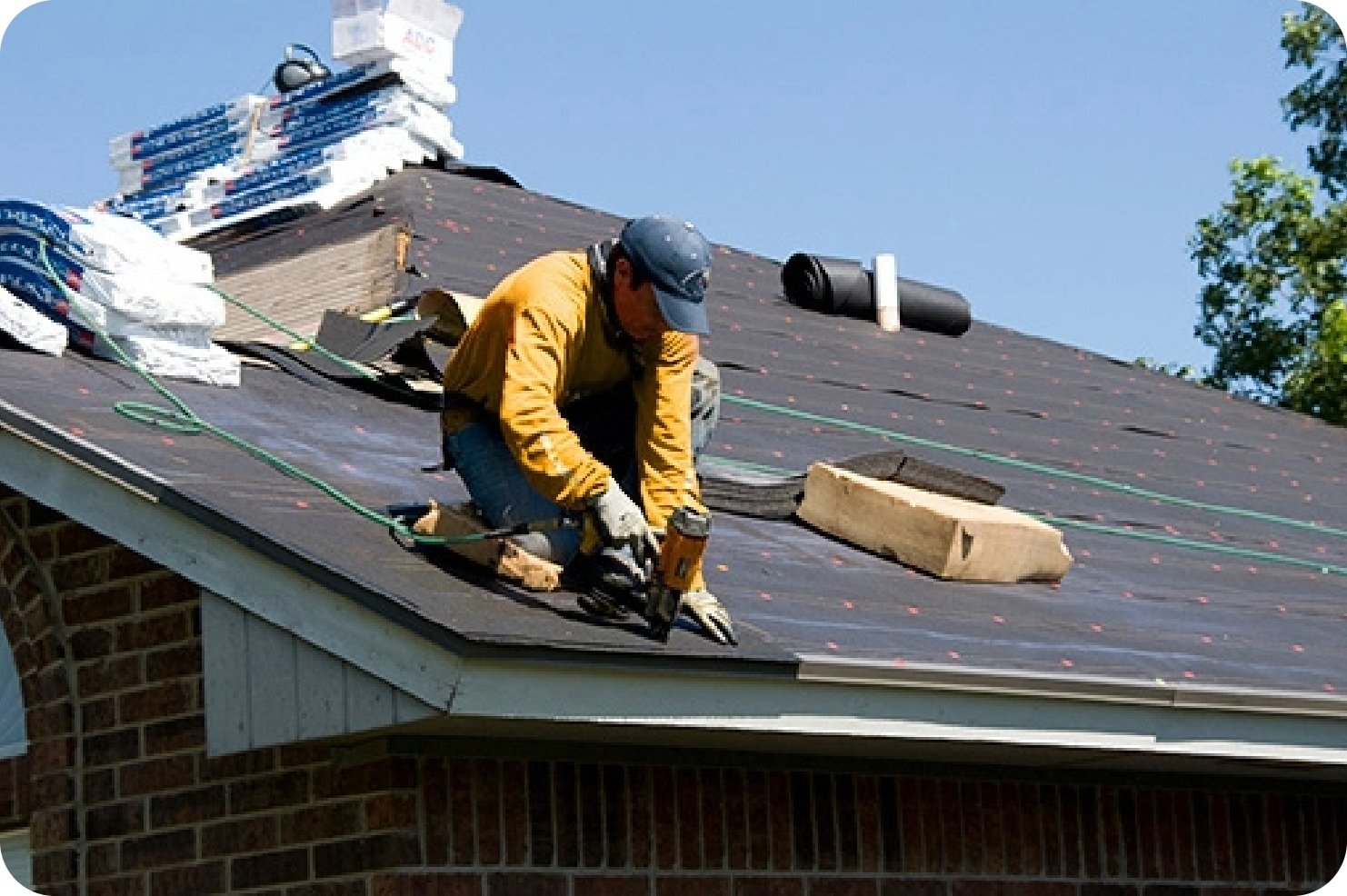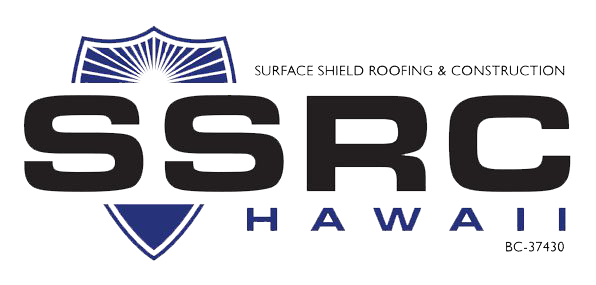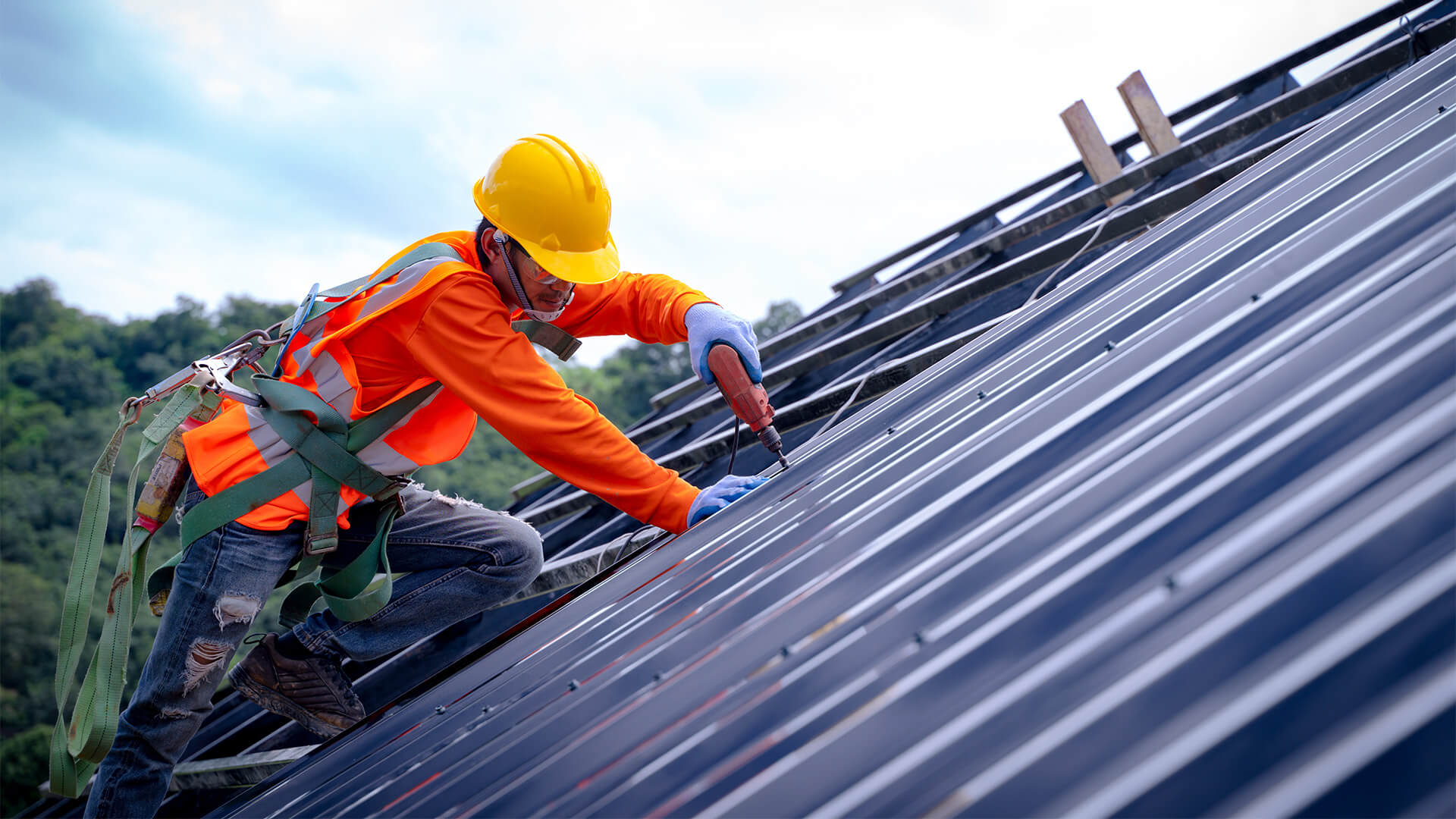Comprehending the Various Sorts Of Roofs: A Comprehensive Overview for Homeowners
With a selection of choices-- ranging from the typical gable to the modern level-- each kind provides distinct advantages and obstacles that must align with the homeowner's specific needs and ecological considerations. As we explore the intricacies of numerous roofing kinds, it becomes obvious that one dimension does not fit all; the best choice may amaze you.
Gable Roof Coverings
Saddleback roofs, defined by their triangular form, are among the most preferred roof designs due to their simplicity and effectiveness in shedding water and snow. This style includes 2 sloping sides that fulfill at a ridge, permitting for efficient drain and decreasing the risk of water buildup. The steep pitch frequently connected with gable roofs improves their ability to deal with heavy rainfall, making them suitable for various environments.
Along with their sensible advantages, saddleback roofs supply aesthetic versatility. They can be adapted to various building styles, from conventional to contemporary homes. The design can also accommodate added functions such as dormer home windows, which boost all-natural light and ventilation in the attic area.
Additionally, saddleback roofs give adequate area for insulation, adding to power effectiveness. Property owners can select from a variety of roof covering materials, including asphalt shingles, steel, and ceramic tiles, better boosting modification options.
Regardless of their benefits, gable roofings may require additional assistance in areas vulnerable to high winds or heavy snowfall. On the whole, the gable roof covering remains a popular option due to its blend of performance, sturdiness, and aesthetic allure.
Flat Roofs
Flat roofings are often identified for their minimalist style and practical applications, particularly in business and commercial setups (oahu roofing). These roofs feature a horizontal or virtually horizontal surface area, which enables for very easy building and flexible area utilization. While they might lack the visual allure of pitched roofing systems, level roof coverings provide various benefits, especially in urban environments where taking full advantage of area is important
Among the primary advantages of flat roofings is their ease of access. Home owners can use the roofing system area for numerous objectives, such as roof gardens, balconies, or photovoltaic panel setups. Furthermore, level roofs are normally much more affordable to keep and set up contrasted to their sloped equivalents, as they call for fewer materials and labor.
Common materials used for level roofs include built-up roof covering (BUR), modified bitumen, and single-ply membranes, each offering distinct benefits. Overall, level roofing systems offer as a functional and versatile selection for many home owners and services alike.
Hip Roof Coverings
Hip roofings are characterized by their sloped sides that converge on top, developing a ridge. This design is distinctive from saddleback roofs, as all 4 sides of a hip roofing system incline downwards toward the wall surfaces, offering a much more steady structure. The angle of the slopes can differ, permitting adaptability in building appearances and functionality.
Among the main benefits of hip roofings is their ability to withstand heavy winds and negative weather. The sloped surface areas allow much better water drainage, reducing the threat of leaks and water damage. Additionally, hip roofing systems provide increased attic area, which can be made use of for storage or even exchanged livable locations.
However, building a hip roofing can be a lot more check my blog complex and costly than easier roof kinds, such as saddleback roofs. The extra product and labor associated with producing the inclines and guaranteeing appropriate architectural stability can cause higher expenses. Despite these disadvantages, many house owners favor hip roofings for their sturdiness, aesthetic appeal, and potential for power performance.
Mansard Roofings
Mansard roofings, usually acknowledged by their special four-sided design, attribute 2 slopes on each side, with the lower slope being steeper than the top. This building design, stemming from France in the 17th century, is not just visually attractive yet practical, as it takes full advantage of the functional room in the top floorings of a building. The steep reduced slope enables more clearance, making it an ideal option for lofts or attic rooms, which can be transformed right into living spaces.
Mansard roofings are characterized by their convenience, fitting various architectural designs, from conventional to modern-day. They can be built with various products, including asphalt tiles, slate, or metal, giving property owners with a series of choices to match their preferences and budget plans. Additionally, the design permits the combination of dormer home windows, enhancing natural light and air flow in the upper levels.
However, it is necessary to think about the potential downsides. Mansard roofing systems may call for even more upkeep due to the complexity of their style, and their high inclines can be testing for snow and rainfall drainage. In general, mansard roofing systems incorporate elegance with practicality, making them a preferred choice among property owners seeking unique architectural attributes.
Dropped Roofing Systems
As property owners increasingly seek simplicity and functionality in their building designs, lost roofings have actually become a prominent selection. Identified by a solitary sloping airplane, a shed roofing system provides a minimalist visual that enhances different home styles, from contemporary to rustic.
One of the primary advantages of a shed roof covering is its simple building and construction, which typically translates to decrease labor and material expenses. This design allows for effective water drainage, minimizing the risk of leakages and water damages. Additionally, the vertical incline offers adequate space for skylights, improving all-natural light within the interior.
Dropped roofs likewise use convenience in terms of usage. They can be properly integrated into enhancements, garages, or outside structures like pavilions and sheds. Additionally, this roof covering style can accommodate different roof covering products, including metal, asphalt roof shingles, and even eco-friendly roofs, straightening with environmentally friendly campaigns.
However, it is vital to take into consideration local environment problems, as heavy snow loads might demand adjustments to the roof covering's angle or framework. On the whole, lost roofings offer a functional and visually pleasing choice for home owners aiming to make the most of capability without jeopardizing style.
Conclusion


Gable roof coverings, defined by their triangular form, are among the most preferred roofing styles due to their simpleness and effectiveness in shedding water and snow. oahu roofing. The high pitch commonly associated with gable roof coverings boosts their capacity to manage heavy rainfall, making them suitable for various environments
While they may lack the visual appeal of pitched roofing systems, flat roof coverings supply various benefits, specifically in city atmospheres where optimizing room is vital.
